Post-Traumatic Stress Disorder (PTSD) can deeply affect a person’s life long after the trauma has occurred. Whether from combat, abuse, accidents, or other traumatic events, PTSD can cause intrusive thoughts, emotional distress, and avoidance behaviors. At A and B Medical, we believe that understanding your triggers and learning practical coping tools is key to managing symptoms and reclaiming peace of mind.
What Is PTSD?
PTSD is a mental health condition that can develop after exposure to a traumatic event. It affects the way the brain processes fear, memory, and emotion. People with PTSD may experience flashbacks, nightmares, mood changes, or feel constantly on edge.
Although symptoms vary from person to person, many are rooted in specific triggers — reminders of the trauma that cause a surge of emotional or physical distress.
Common PTSD Triggers
Triggers are cues that remind someone of their trauma, either consciously or unconsciously. These can be:
1. Sensory Reminders
- Loud noises (like fireworks or sirens)
- Specific smells (smoke, cologne, chemicals)
- Visuals (places, people, objects)
- PTSD triggers and coping tools
2. Emotional States
- Feeling trapped, helpless, or ashamed
- Anger or emotional overload
- Being startled or surprised
3. Situational Triggers
- Crowded places or isolated spaces
- Anniversaries of the traumatic event
- Interpersonal conflict or arguments
4. Media Exposure
- News coverage of similar traumatic events
- Graphic movies or TV scenes
- Social media stories or posts
Recognizing your specific PTSD triggers is the first step toward healing. Once identified, you can begin to develop strategies for managing your reaction.
Effective Tools to Cope with PTSD
At A and B Medical, we equip our patients with evidence-based tools and compassionate support. Here are some strategies to help manage trauma symptoms and reduce the impact of triggers:
1. Grounding Techniques
Grounding helps bring your attention back to the present when you feel overwhelmed. Simple methods include:
- Naming five things you can see, hear, or touch
- Holding onto a cold object or textured surface
- Counting slowly or focusing on your breath
2. Deep Breathing and Relaxation
Intentional breathing can calm the body’s fight-or-flight response. Try:
- Inhaling for 4 seconds, holding for 4, exhaling for 6
- Progressive muscle relaxation (tensing and relaxing muscles)
- Guided imagery or calming visualizations
3. Cognitive Behavioral Therapy (CBT)
CBT helps patients identify unhelpful thought patterns and replace them with healthier ones. This therapy is highly effective for PTSD and is often combined with exposure therapy.
4. Medication Management
Some individuals benefit from medications such as SSRIs or anti-anxiety medications. At A and B Medical, we carefully assess each patient’s needs and work closely to monitor progress.
5. Building a Safety Plan
Having a plan in place when you feel triggered can prevent escalation. This may include:
- Who to call for support
- What coping techniques to use
- Where to go if you need a calm space
6. Supportive Relationships
Connecting with trusted loved ones or a therapist helps you feel less alone in your experience. Support groups—whether in person or virtual—can also be incredibly validating.
How A and B Medical Supports PTSD Recovery
We understand that healing from trauma is a journey, not a destination. Our team provides personalized care plans, therapy referrals, and medication management to help individuals find lasting relief. We approach treatment with empathy, respect, and a commitment to restoring your sense of safety and control.
Whether you’re newly diagnosed or have been living with PTSD for years, you are not alone. Help is available—and healing is possible.
FAQ: PTSD Triggers and Coping Tools
Q: What’s the difference between a PTSD symptom and a trigger?
A: A trigger is something that sets off a PTSD reaction, while a symptom is the reaction itself, such as panic, flashbacks, or avoidance.
Q: Can PTSD go away on its own?
A: While some symptoms may improve over time, untreated PTSD can worsen. Therapy, medication, and support greatly increase the chances of recovery.
Q: Is it okay to avoid my triggers?
A: In the short term, avoiding triggers can offer relief. However, long-term healing often involves gradual exposure and coping skills to reduce sensitivity to triggers.
Q: Can PTSD develop years after a traumatic event?
A: Yes. PTSD can surface weeks, months, or even years later, especially if new stressors arise or a person has not processed the trauma.
Q: How do I know if I need professional help?
A: If your symptoms interfere with daily life, relationships, or work—or if you feel overwhelmed—reach out to a mental health provider. Help is available.
Are you or someone you love struggling with PTSD? Contact A and B Medical today to schedule a confidential consultation and begin your path toward healing.

